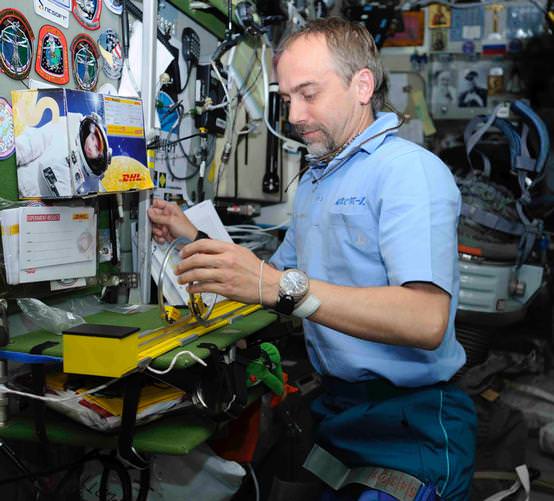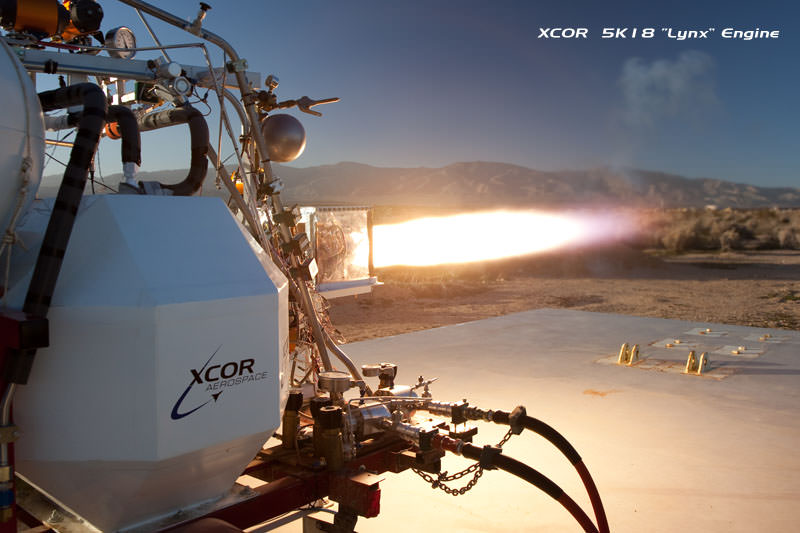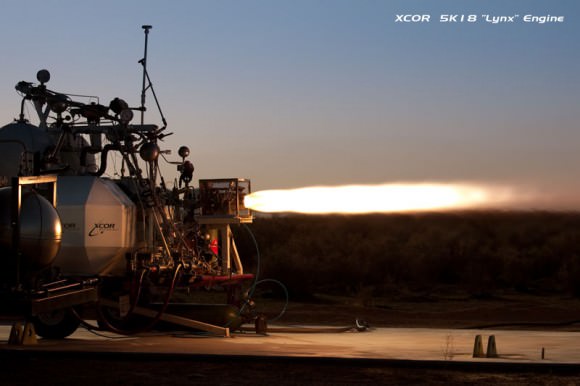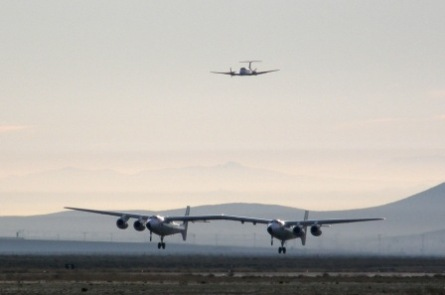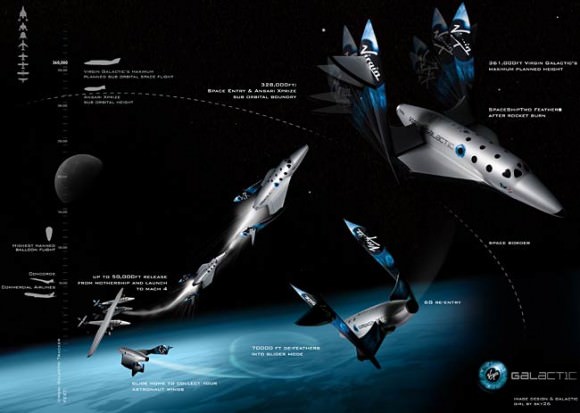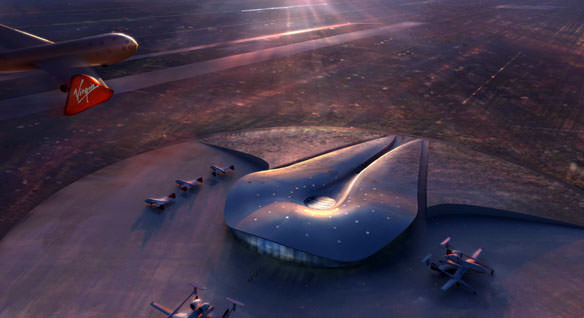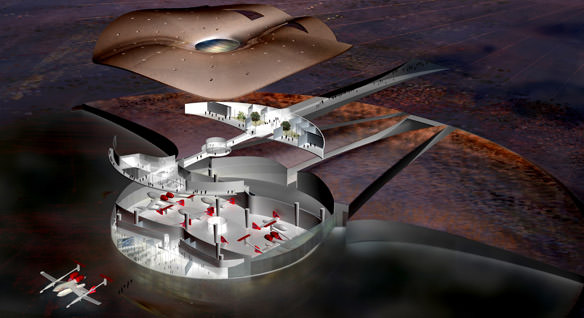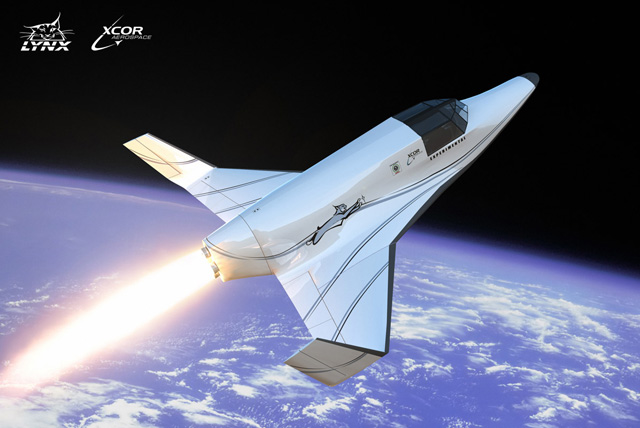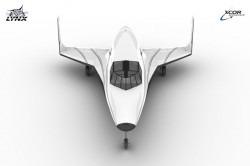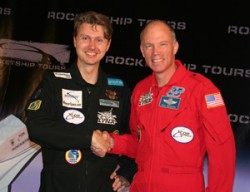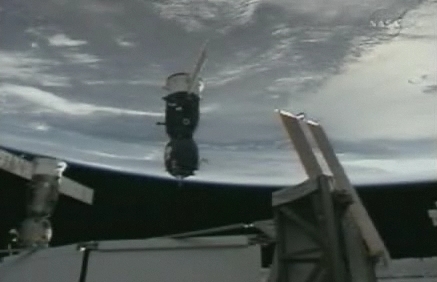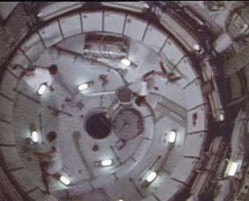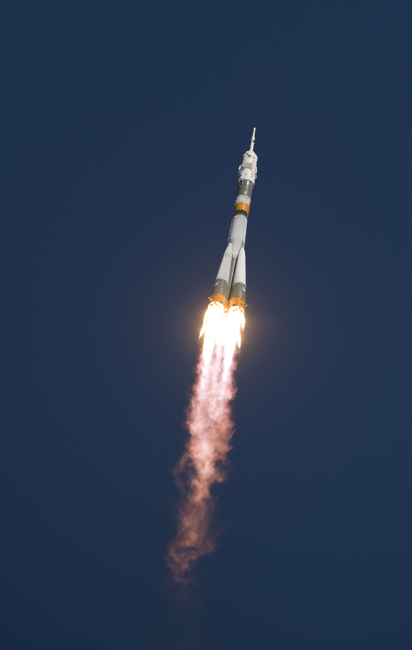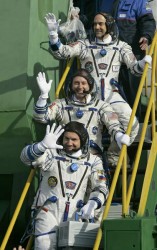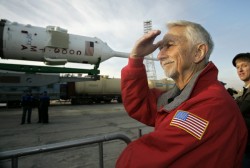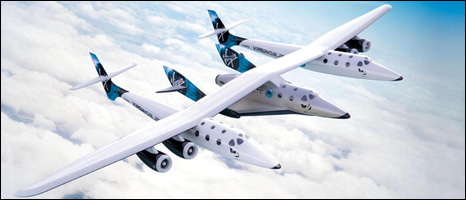[/caption]For the first time, beer brewed totally from barley grown in space can be enjoyed on terra firma. The Japanese-owned Sapporo Brewery is one of the oldest beer producers in the nation, so it seems fitting that the company would want to diversify into the next frontier. Although the beer wasn’t actually brewed in space, the barley ingredient was grown there. Through a joint program between Sapporo, the Russian Academy of Science and Okayama University in Japan, the small amount of barley was grown on board the ISS as part of a project to research the cultivation of foodstuffs in Earth orbit.
100 litres of Space Beer has been produced as a result of the successful microgravity barley farming effort, and a lucky 60 people will have the exclusive chance to taste the beer in Tokyo next month. Unfortunately, the Space Beer is not yet commercially available, so put that pint glass away…
Back in May, I was very excited to write about the first space beer brewing success, and Sapporo’s plans to manufacture 100 bottles of beer brewed from barley grown in space. However, my excitement quickly dissipated when I realised astronauts wouldn’t actually be drinking a cool one in orbit, and I became even less impressed when it turned out that the vast majority of the world wouldn’t actually have a chance of tasting it (unless, of course, you are in Tokyo and win the Sapporo space beer tasting lottery in January).
On further inspection, the prospect of drinking any carbonated product in microgravity becomes very unappealing. After all, bubbles don’t rise through a beer to form a nice head of foam in space; the bubbles remain suspended in the liquid. When you swallow the weightless mix of beer and CO2 you have the rather antisocial “wet burp” scenario to contend with, making you very uncomfortable and extremely unpopular with your crewmates. Drinking and driving the Shuttle isn’t an option, and that’s not because flying a spaceship whilst intoxicated is a bad idea. It’s because you’d have a hard job keeping beer in your stomach and not all over the cabin. Ewww.
So, space beer is best served at 1-G, on Earth, and the managing director for strategy at Sapporo Breweries is very excited about how special this brewing effort is. “There’s really no beer like it because it uses 100 per cent barley. Our top seller is the Black Label brand, using additional ingredients such as rice. This one doesn’t, and is really a special beer,” said Junichi Ichikawa.
So what’s the point? Is this just a marketing gimmick, or does it have a purpose? I’m sure Sapporo are very impressed with this achievement, but what sets Space Beer apart from the stuff I’ll be drinking down the pub later?
As Ichikawa mentions, the barley used is only space produce, and there are no other ingredients (such as rice). However, I think we should ask whether there are plans to use water samples from the brand new urine recycler STS-126 installed during Space Shuttle Endeavour’s “home improvements” mission in the brewing process. I think this would make Space Beer more complete (besides, recycled wee tastes pretty good. Apparently).
The science behind growing stuff in space is also a great achievement as barley was one of several types of plant to be grown in orbit. Wheat, lettuce and peas were also grown earlier in the year and harvested. There are also plans to grow potatoes in space. All these projects aid the future of manned space travel; once we can sustain ourselves by cultivating our own produce, the dependence on Earth slowly diminishes. The operations on the ISS are a testament to these endeavours, and growing seeds and vegetables in orbit, along with recycling waste water is a tremendous achievement. Also, there appears to be no discernible difference in the DNA of plants grown in space when compared with those grown on Earth (in which case I’d expect no difference in taste between Space Beer and local pub beer anyway).
If you read the last paragraph and linked the future plans to grow potatoes in space with another alcoholic beverage, Cosmonaut Boris Morukov (who spent 11 days on the ISS) has a sobering message for any space man or woman wanting to set up their own distillery to get around the “wet burp” issue: “I think we would try to grow potatoes as food, not for vodka production.”
That said, where mankind goes, alcohol is sure to follow, it’s only a matter of time when we start seeing space bars popping up in orbit, on the Moon and Mars (especially if space tourism becomes a major industry)…
Original source: Telegraph, Sapporo

